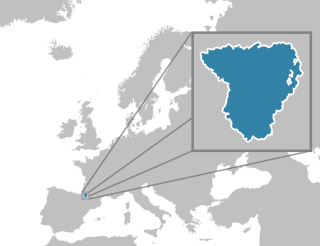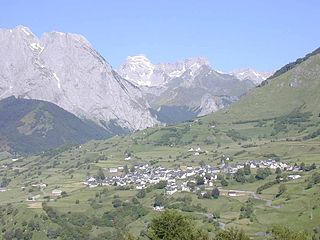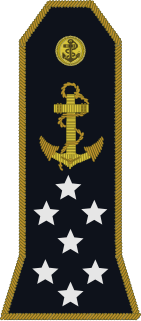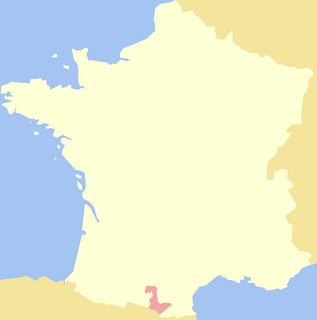
The County of Foix was an independent medieval fief in southern France, and later a province of France, whose territory corresponded roughly the eastern part of the modern département of Ariège.

This is a list of counts of the County of Comminges.
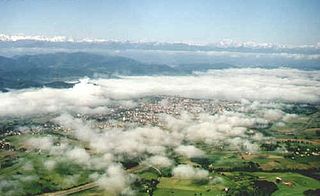
Nébouzan was a small province of France located in the foothills of the Pyrenees mountains, in the southwest of France. It was not a contiguous province, but it was made up of several detached territories, approximately half of them around the town of Saint-Gaudens in the south of the present-day département of Haute-Garonne, and the other half around the town of Lannemezan in the east of the present-day département of Hautes-Pyrénées. The capital of Nébouzan was Saint-Gaudens.

Eleanor of Navarre, was the regent of Navarre from 1455 to 1479, then briefly the queen regnant of Navarre in 1479. She was crowned on 28 January 1479 in Tudela.
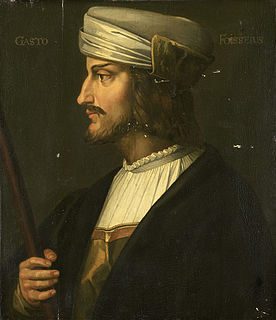
Gaston IV was the sovereign Viscount of Béarn and the Count of Foix and Bigorre in France from 1436 to 1472. He also held the viscounties of Marsan, Castelbon, Nébouzan, Villemeur and Lautrec and was, by virtue of the county of Foix, co-prince of Andorra. From 1447 he was also Viscount of Narbonne. Through his marriage to Eleonor, heiress of the Kingdom of Navarre, he also held the title of Prince of Navarre.

The viscounts of Béarn were the rulers of the viscounty of Béarn, located in the Pyrenees mountains and in the plain at their feet, in southwest France. Along with the three Basque provinces of Soule, Lower Navarre, and Labourd, as well as small parts of Gascony, it forms the current département of Pyrénées-Atlantiques (64).
John IV was a Count of Armagnac, Fézensac, and Rodez from 1418 to 1450. He was the son of Bernard VII of Armagnac, Count d' Armagnac, of Fézensac, Pardiac, and Rodez; and Bonne of Berry. John IV was involved in the intrigues related to the Hundred Years' War and in conflicts against the King of France.
Jean de Lescun d'Armagnac, known as “the bastard of Armagnac”, was an ally of king Louis XI of France from before the latter's accession to the throne.
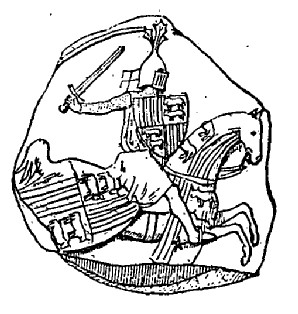
Gaston II of Foix-Béarn, son of Gaston I of Foix-Béarn and Jeanne of Artois, was the 10th Count of Foix.

Alain I of Albret (1440-1522), called "The Great", was a powerful French aristocrat. He was 16th Lord of Albret, Viscount of Tartas, the 2nd Count of Graves and the Count of Castres. He was the son of Catherine de Rohan and Jean I of Albret. He was the grandson and heir of Charles II of Albret and became head of the House of Albret in 1471.
The crown lands, crown estate, royal domain or domaine royal of France refers to the lands, fiefs and rights directly possessed by the kings of France. While the term eventually came to refer to a territorial unit, the royal domain originally referred to the network of "castles, villages and estates, forests, towns, religious houses and bishoprics, and the rights of justice, tolls and taxes" effectively held by the king or under his domination. In terms of territory, before the reign of Henry IV, the domaine royal did not encompass the entirety of the territory of the kingdom of France and for much of the Middle Ages significant portions of the kingdom were the direct possessions of other feudal lords.

Marie d'Albret, Countess of Rethel, Countess of Nevers was the suo jure Countess of Rethel, a title which she inherited at the age of nine upon the death of her mother, Charlotte of Nevers, Sovereign Countess of Rethel, on 23 August 1500. She was the wife of Charles II of Cleves, Count of Nevers.
Joan of Artois, Countess of Foix, Viscountess of Béarn, was a French noblewoman, and the wife of Gaston I de Foix, Count of Foix, Viscount of Béarn. From 1331 to 1347 she was imprisoned by her eldest son on charges of scandalous conduct, dissolution, and profligacy. Joan was the great-granddaughter of King Henry III of England and Eleanor of Provence.

The House of Armagnac is a French noble house established in 960 by Bernard I, Count of Armagnac. It achieved its greatest importance in the fourteenth and fifteenth centuries.
John I, Count of Foix also known as Jean de Foix-Grailly was Count of Foix from 1428 until his death in 1436. He succeeded his mother Isabella, Countess of Foix. His father was Archambaud de Grailly.

André de Foix, Lord of Lesparre, (1490–1547) was a French General.
Jean de Foix was the Captal de Buch, first Earl of Kendal, Vicomte de Castillon, Meilles and Comte de Benauges.

Mathieu de Grailly or Mathieu de Foix was Count of Comminges between 1419 and 1443.
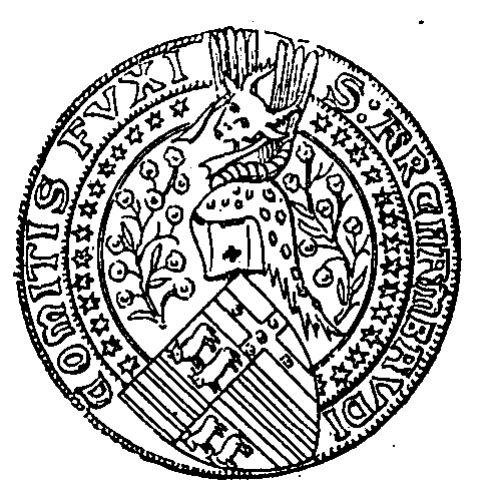
Archambaud de Grailly was Viscount of Castillon and Gruson from 1356 until his death, and from 1369 Count of Bénauges and Captal de Buch. He was the younger son of Peter II of Grailly and his wife, Rosamburge of Périgord and was Count of Foix by his marriage to Isabella, Countess of Foix.
The Viscountcy Castillon was situated in south-western France. At its centre was the town of Castillon-sur-Dordogne. The purpose of the viscountcy, which has existed since the 10th century, was in the defence of the crossing over the River Dordogne.
